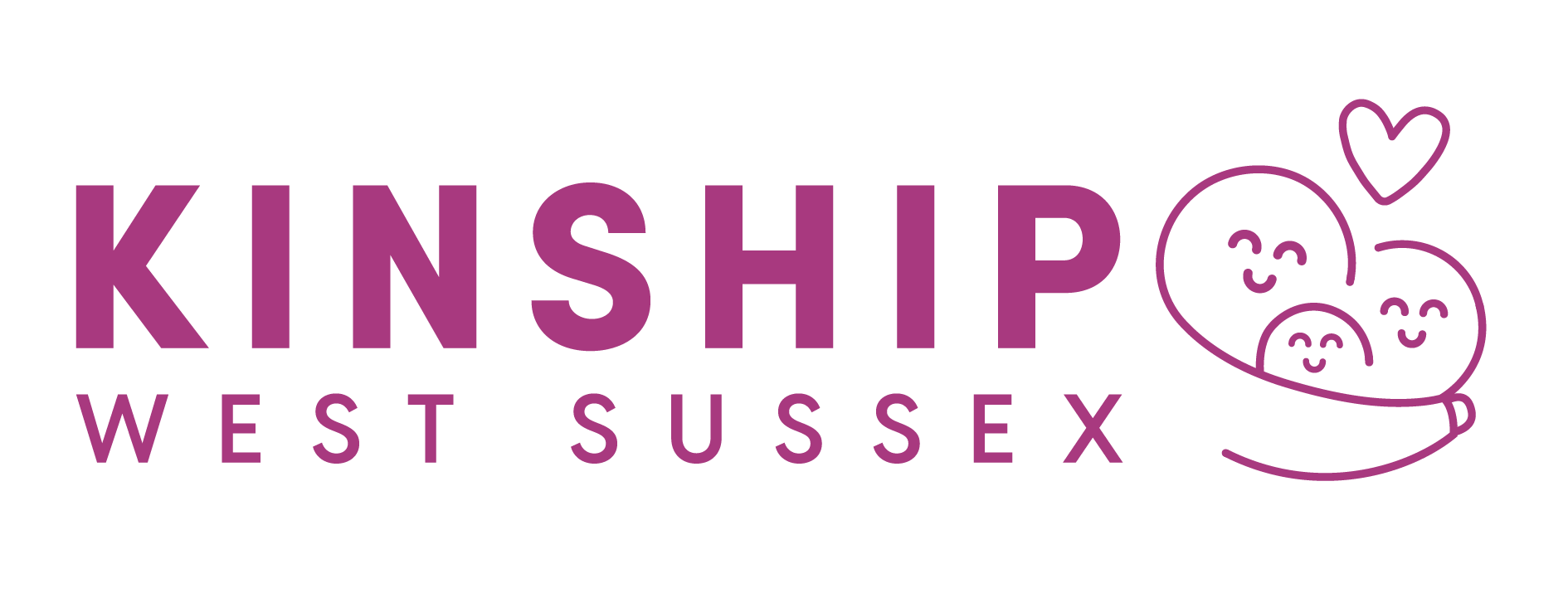Types of kinship care

The type of kinship care arrangement you have affects your responsibilities for the child and what decisions you can make.
-
This is where you look after the the child with an agreement with the child’s parents. You will not have parental responsibility for the child/children. The child’s parents will usually help make and agree how the arrangement works.
-
A special guardian is a kinship carer who looks after children under a Special Guardianship Order (SGO). This is given in a family court and applies until they are 18 years old. Special guardians provide a permanent home for a child who can no longer live with their parents.
Special guardians share the parental responsibility with the parents. However they can make most major decisions for the child without the parents permission.
Find out more about becoming a special guardian.
-
A Child Arrangement Order (CAO) can be used to order that a child lives with a family member or friend. Parents do not lose parental responsibility when a Child Arrangement Order says their child should live with someone else.
-
When a child is taken in to the care of the local authority, social workers will first consider if they can be looked after by a relative or friend.
Connected person foster carers can also be another person connected to the child. For example a childminder, teacher or youth worker. A connected person foster carer takes on responsibility for looking after that child on a day-to-day basis as an approved foster carer (this is a paid self-employed role).
For more details visit types of fostering.
-
Adoption is not usually relevant for kinship carers. This is because the link between the parent and child is permanently broken.

